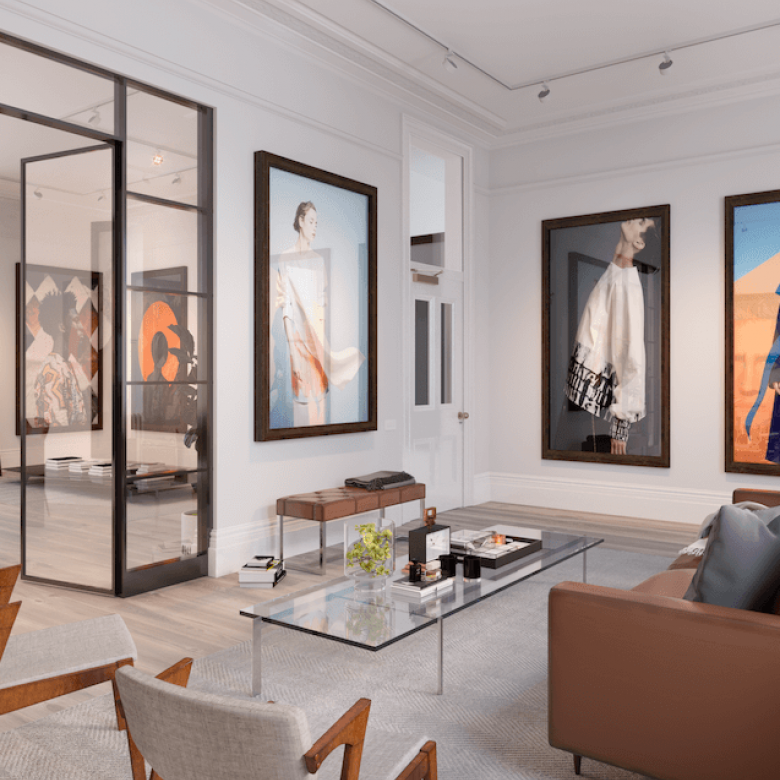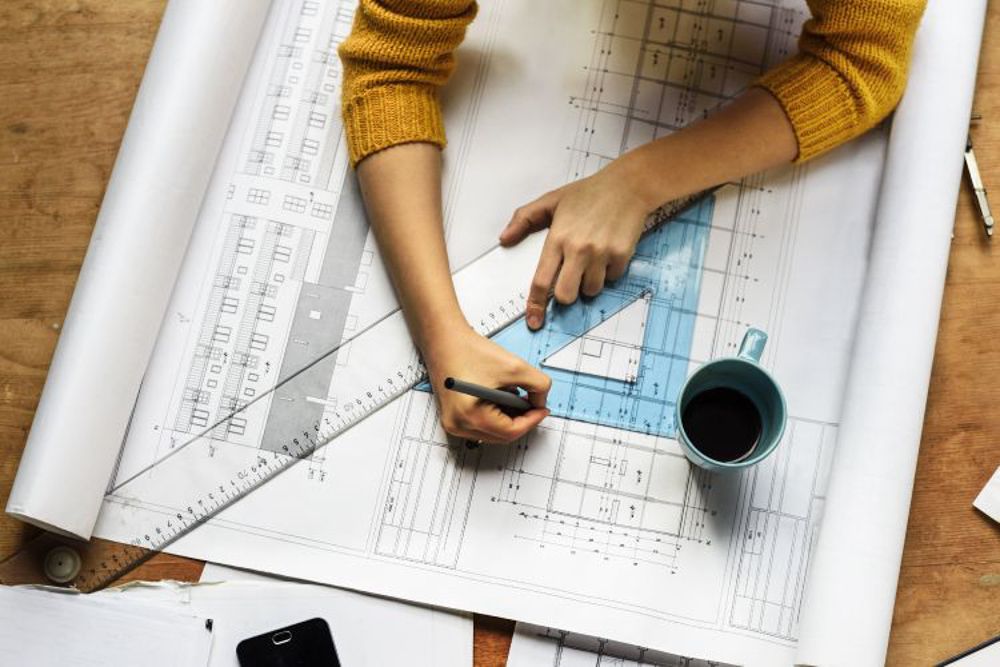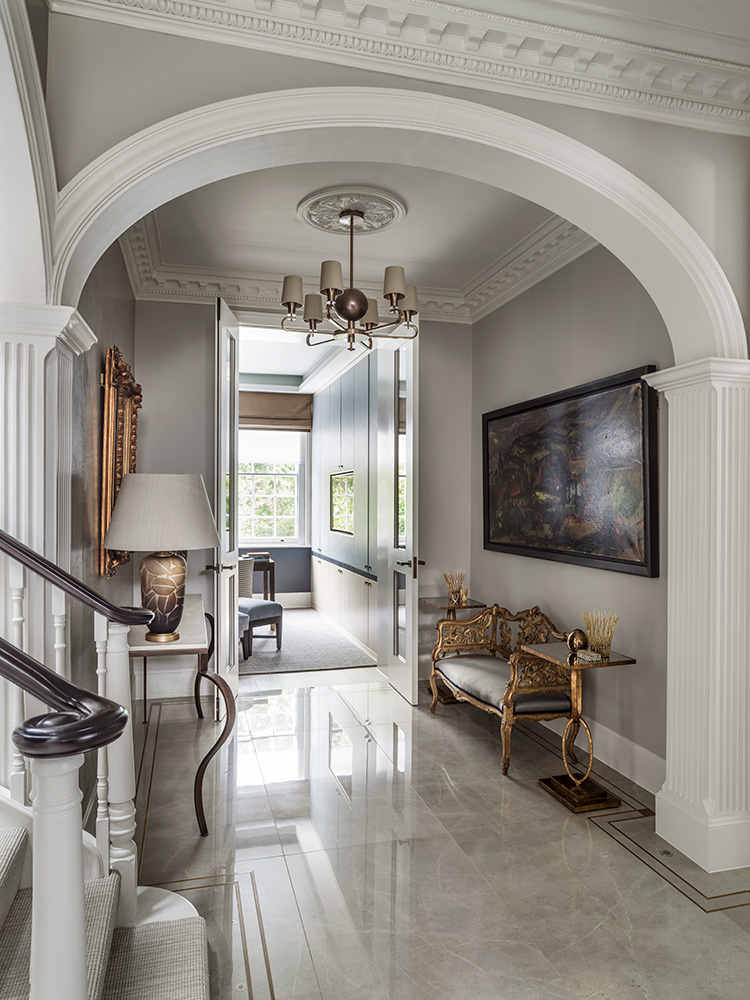Discover the Best Home Styling Near Me for Your Dream Home
Discover the Best Home Styling Near Me for Your Dream Home
Blog Article
The Art of Equilibrium: Exactly How Interior Design and Home Architect Collaborate for Stunning Results
In the world of home layout, striking an equilibrium in between appearances and capability is no tiny task. This fragile balance is accomplished with the harmonious partnership in between indoor designers and architects, each bringing their unique proficiency to the table. Keep with us as we discover the ins and outs of this collective process and its transformative effect on home layout.
Comprehending the Core Differences In Between Interior Decoration and Home Architecture
While both Interior Design and home style play important duties in developing cosmetically pleasing and functional areas, they are naturally different techniques. Home design mostly focuses on the structural aspects of the home, such as building codes, security policies, and the physical construction of the area. It deals with the 'bones' of the structure, dealing with spatial measurements, load-bearing walls, and roofing layouts. On the other hand, Interior Design is much more concerned with improving the sensory and aesthetic experience within that framework. It entails selecting and organizing furnishings, picking shade plans, and incorporating decorative elements. While they work in tandem, their duties, duties, and locations of knowledge split significantly in the creation of a harmonious home atmosphere.
The Harmony In Between Home Style and Interior Layout
The harmony in between home design and Interior Design hinges on a shared vision of layout and the enhancement of useful aesthetic appeals. When these two areas straighten harmoniously, they can change a living space from average to amazing. This cooperation calls for a deeper understanding of each self-control's concepts and the ability to develop a natural, aesthetically pleasing environment.
Unifying Design Vision
Linking the vision for home design and Interior Design can develop a harmonious space that is both practical and visually pleasing. The balance starts with an incorporated frame of mind; architects and interior developers collaborate, each bringing their proficiency. This unison of ideas forms the style vision, a blueprint that guides the job. This common vision is important for uniformity throughout the home, ensuring a fluid transition from outside design to interior spaces. It advertises a collaborating strategy where architectural aspects enhance Interior Design components and vice versa. The outcome is a cohesive living area that shows the house owner's personality, way of living, and preference. Hence, unifying the layout vision is essential in blending architecture and Interior Design for magnificent outcomes.
Enhancing Functional Looks
How does the synergy between home style and Interior Design enhance useful looks? This harmony allows the creation of rooms that are not just visually attractive but additionally easily usable. Engineers lay the groundwork with their structural style, ensuring that the area is functional and reliable. The indoor designer after that matches this with carefully picked elements that enhance the visual appeals without jeopardizing the functionality. This unified cooperation can cause homes that are both gorgeous and livable. An engineer might create a home with high ceilings and big windows. The interior developer can after that highlight these features with sheer curtains and high plants, respectively, thus enhancing the visual appeal while maintaining the functional advantages of natural light and space.
Value of Partnership in Creating Balanced Spaces
The cooperation between indoor developers and architects is essential in producing balanced areas. It brings consistency between layout and design, bring to life rooms that are not only visually pleasing however additionally functional. Exploring successful collective techniques can supply insights right into exactly how this synergy can be properly accomplished.
Integrating Style and Style
Equilibrium, an essential facet of both indoor style and architecture, can only genuinely be achieved when these two fields job in consistency. This joint process results in a natural, balanced style where every component adds and has a purpose to the general aesthetic. Balancing layout and style is not just regarding developing lovely spaces, yet concerning crafting rooms that function flawlessly for their citizens.
Effective Collective Approaches

Case Studies: Effective Integration of Layout and Architecture
Taking a look at several study, it emerges exactly how the effective combination of Interior Design and style can change a room. The Glass Home in Connecticut, renowned for its minimalistic sophistication, is one such example. Architect Philip Johnson and interior designer Mies van der Rohe worked together to produce i loved this an unified equilibrium between the structure YOURURL.com and the interior, resulting in a smooth circulation from the outside landscape to the internal living quarters. An additional prototype is the Fallingwater House in Pennsylvania. Designer Frank Lloyd Wright and interior developer Edgar Kaufmann Jr.'s collaborative initiatives cause a strikingly special residence that blends with its all-natural environments. These study highlight the profound influence of an effective design and architecture collaboration.

Getting Rid Of Difficulties in Layout and Architecture Cooperation
In spite of the undeniable advantages of a successful partnership in between Interior Design and architecture, it is not without its obstacles. Interaction issues can develop, as both events may utilize various terms, understandings, and techniques in their job. This can lead to misconceptions and delays in job completion. One more significant difficulty is the harmonizing act of looks and functionality. Designers may prioritize architectural integrity and safety and security, while developers concentrate on convenience and style. The combination of these goals can be intricate. Additionally, budget and timeline constraints commonly include stress, potentially creating breaks in the collaboration. Reliable interaction, mutual understanding, and concession are crucial to get over these difficulties and achieve a official website effective and harmonious collaboration.

Future Patterns: The Advancing Connection Between Home Architects and Inside Designers
As the world of home style remains to evolve, so does the connection in between engineers and interior developers. The fad leans towards a much more incorporated and joint technique, damaging free from conventional functions. Designers are no much longer solely concentrated on structural integrity, but likewise participate in enhancing visual allure - Winchester architect. On the other hand, indoor designers are accepting technological facets, influencing overall design and performance. This developing symbiosis is driven by improvements in innovation and the growing demand for spaces that are not just visually pleasing but also sensible and lasting. The future promises an extra cohesive, innovative, and flexible technique to home design, as designers and designers proceed to obscure the lines, promoting a connection that truly personifies the art of balance.
Conclusion
The art of balance in home style is achieved with the unified partnership in between interior designers and engineers. Despite obstacles, this collaboration promotes development and development in layout.
While both interior style and home style play important duties in creating visually pleasing and useful spaces, they are inherently various techniques.The synergy between home design and indoor design lies in a shared vision of style and the improvement of useful aesthetic appeals.Merging the vision for home style and indoor layout can develop an unified living area that is both practical and visually pleasing. Therefore, unifying the style vision is vital in mixing design and interior design for spectacular results.
How does the harmony in between home style and indoor layout improve practical looks? (Winchester architect)
Report this page